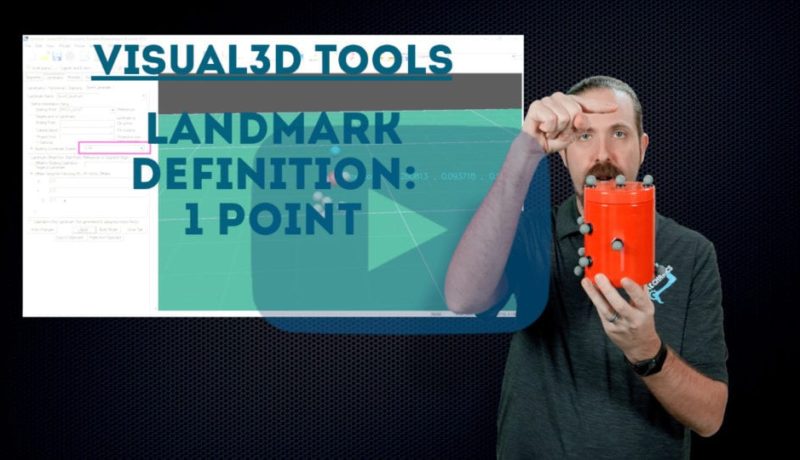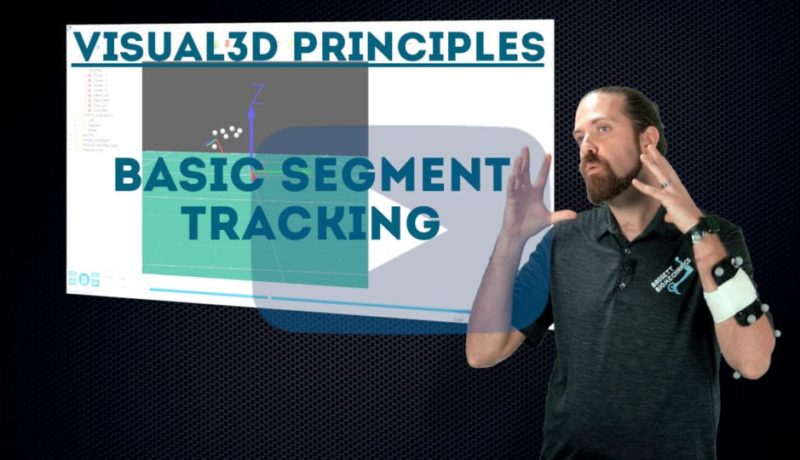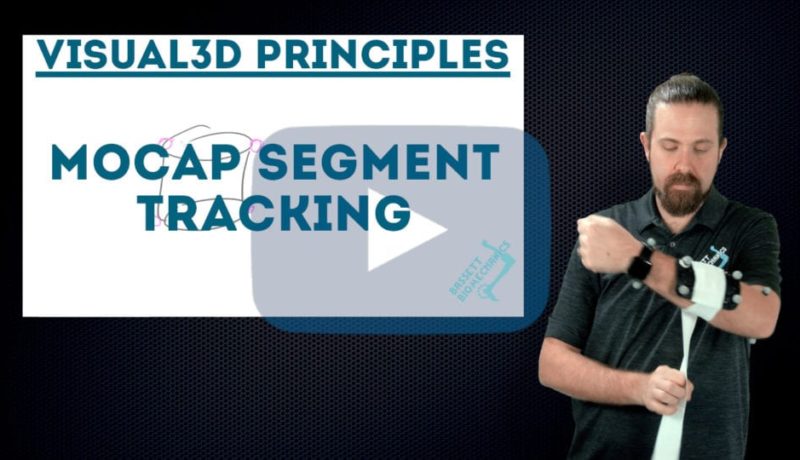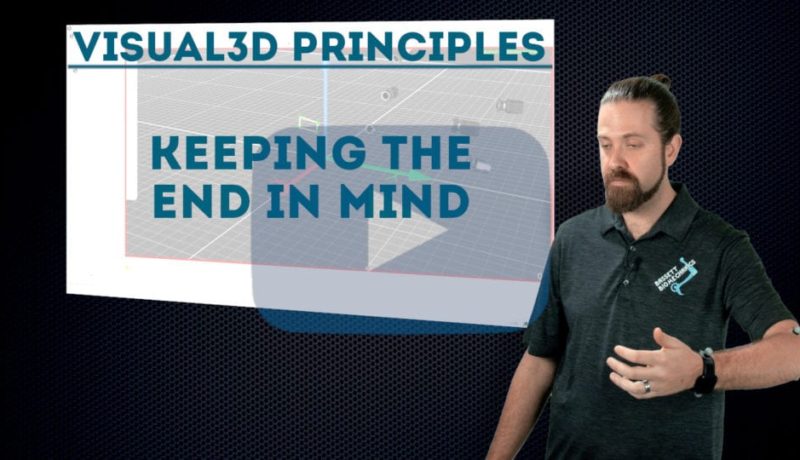Landmark definition: 1 point
Not all points of interest for motion capture can be tracked by markers. This video explains how landmarks solve this problem and shows how to use Visual3D to define a landmark using a single point.

Not all points of interest for motion capture can be tracked by markers. This video explains how landmarks solve this problem and shows how to use Visual3D to define a landmark using a single point.

This tutorial discusses the concepts behind definition markers, which are recorded in static trials, and tracking markers, which are tracked during dynamic trials.

This tutorial shows how to track a segment in Visual3D using a separate set of markers from the ones used to define the segment. This can solve problems like skin movement artefact and camera occlusions.

This video shows how to use marker clusters to track segments during dynamic motion capture trials. This can solve problems like skin movement artefact and camera occlusions so that the segment is tracked accurately.

This tutorial illustrates how a basic segment is defined in Visual3D, using four markers to designate the segment’s proximal and distal ends. Knowing how to place markers to define the segment is critical for getting valid biomechanical results.

In Visual3D, each end of a segment can be defined with a single marker and the joint radius, but you will need a third point to track the segment’s orientation.

This tutorial explains how to define the end of a segment in Visual3D using only the joint center and radius instead of medial and lateral markers.

This tutorial demonstrates how to define a basic segment in Visual3D using markers on the inner (medial) and outer (lateral) sides of each end.

When setting up a project, it is important to know what you want to output from Visual3D before you collect motion capture data. This video presents some principles to keep in mind before capturing mocap data.